Carriers and plans
Dealing with carriers can be a pain. We'll help you get the best deal with our carrier plan breakdowns, roundups, and more.
Guides
How-to's
Best products
Features
All the latest
Carriers and plans news
An AT&T rep came to my door with a 'great' offer, so I played along
Andrew GrushDecember 17, 2025
0
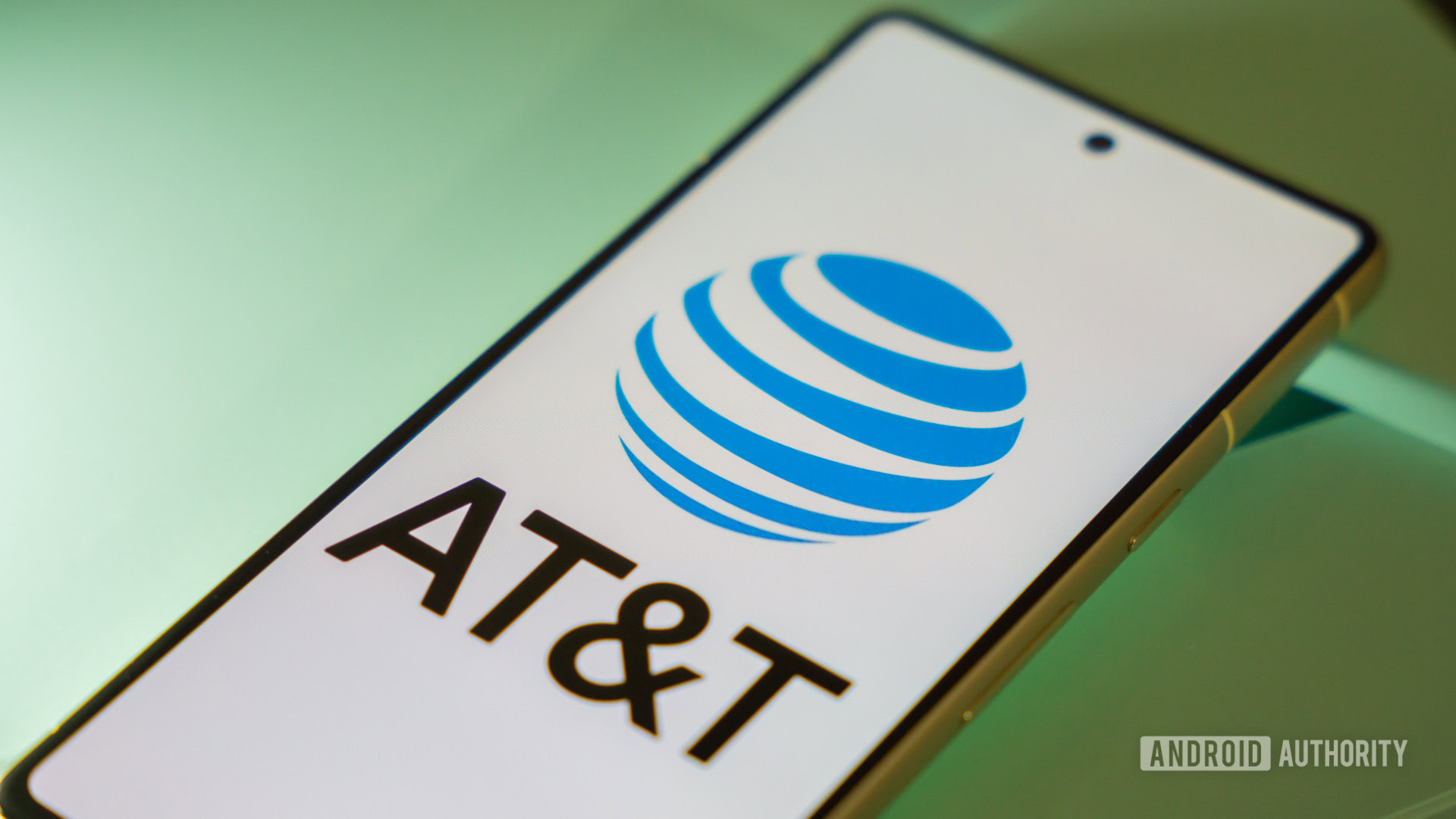
Google Fi hit 300Mbps on my trip to Italy. Should you ditch your travel eSIM for good?
Joe MaringDecember 13, 2025
0
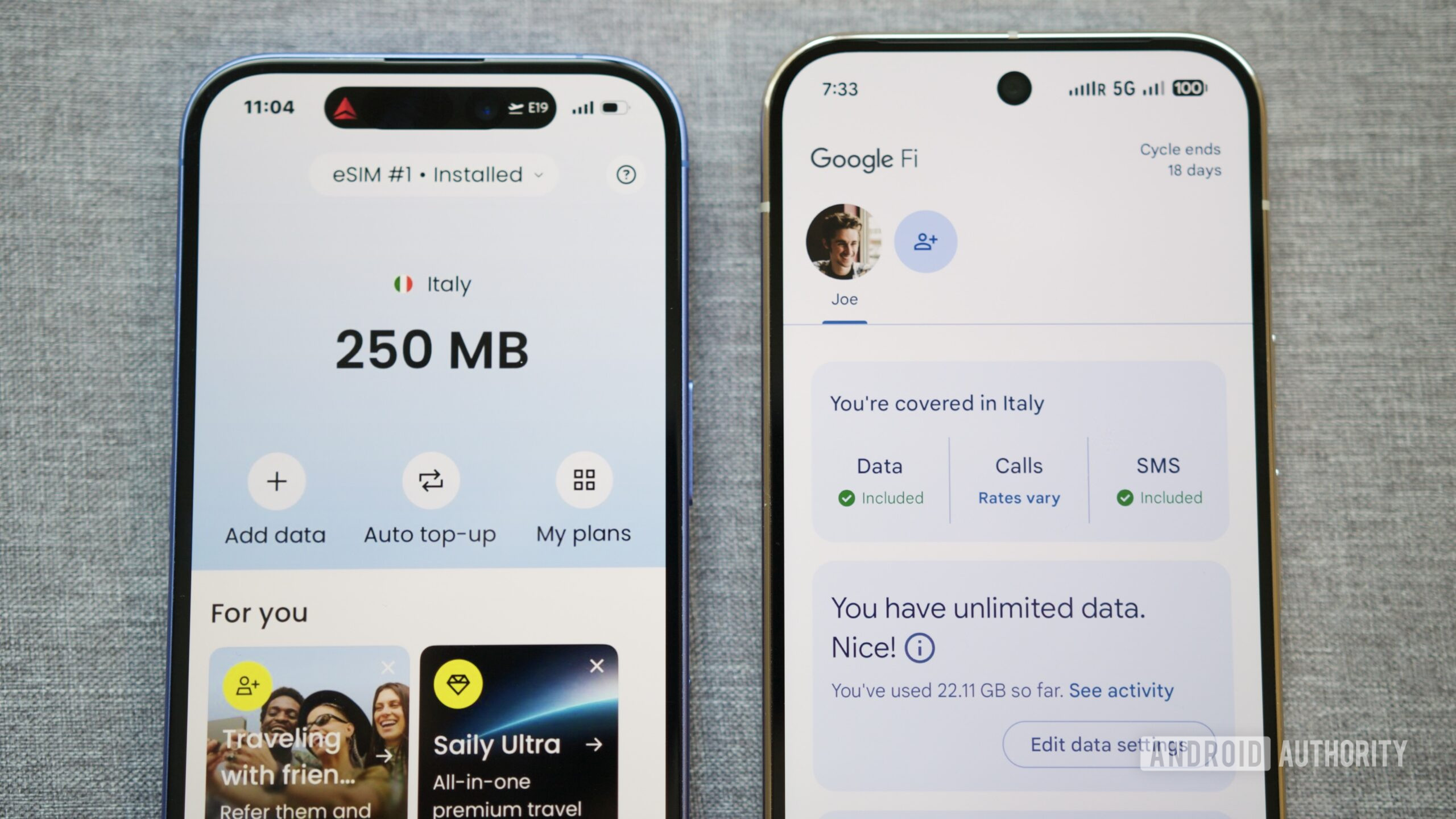
Prepaid cellular is rising while postpaid value declines, so should the big 3 worry?
Andrew GrushDecember 6, 2025
0
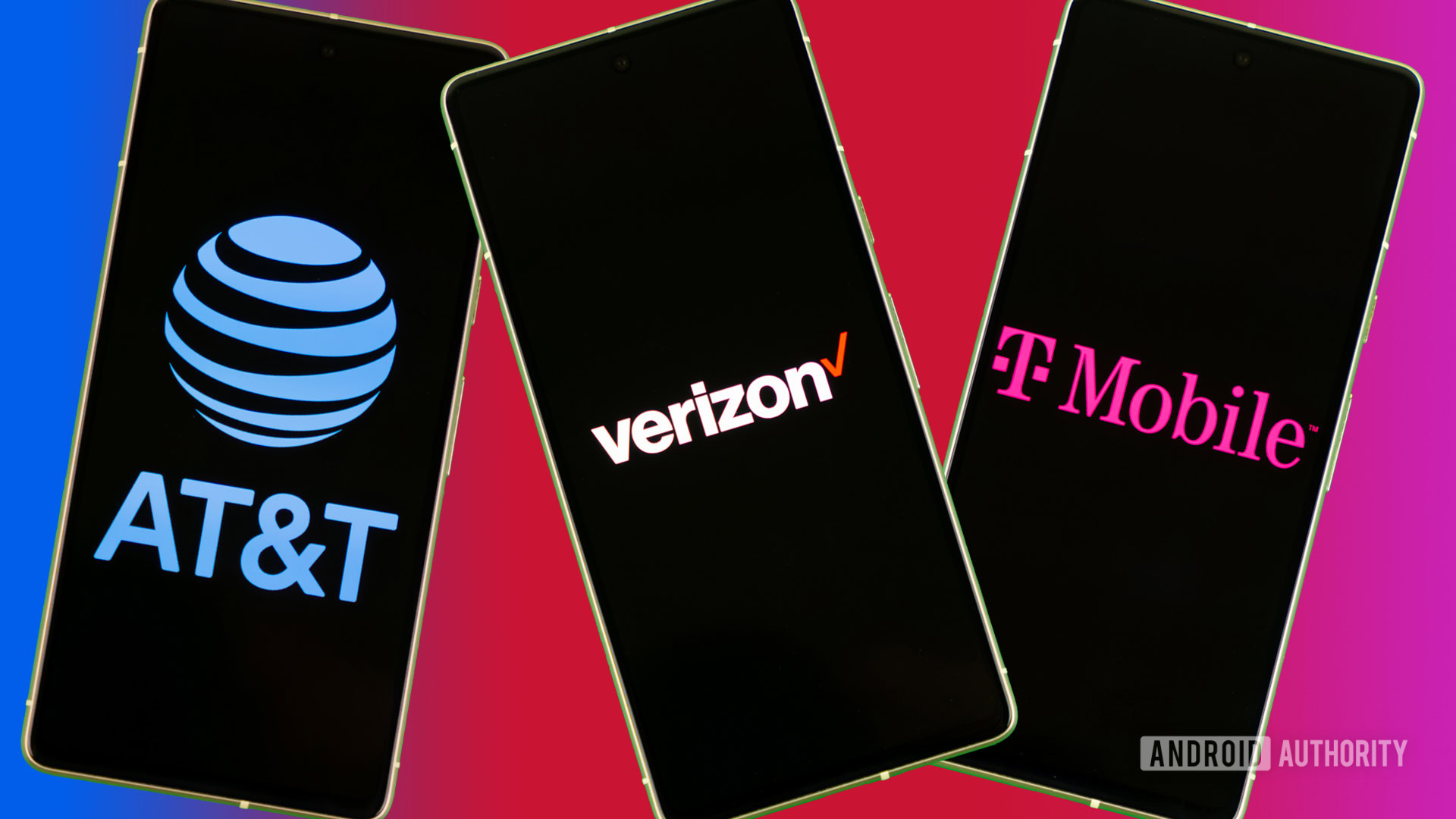
Here are 5 T-Mobile deals I recommend in time for the holidays
Andrew GrushDecember 1, 2025
0

Is T-Mobile Go5G better than Magenta in 2024, or should you stick to your older plan still?
Andrew GrushDecember 1, 2025
0
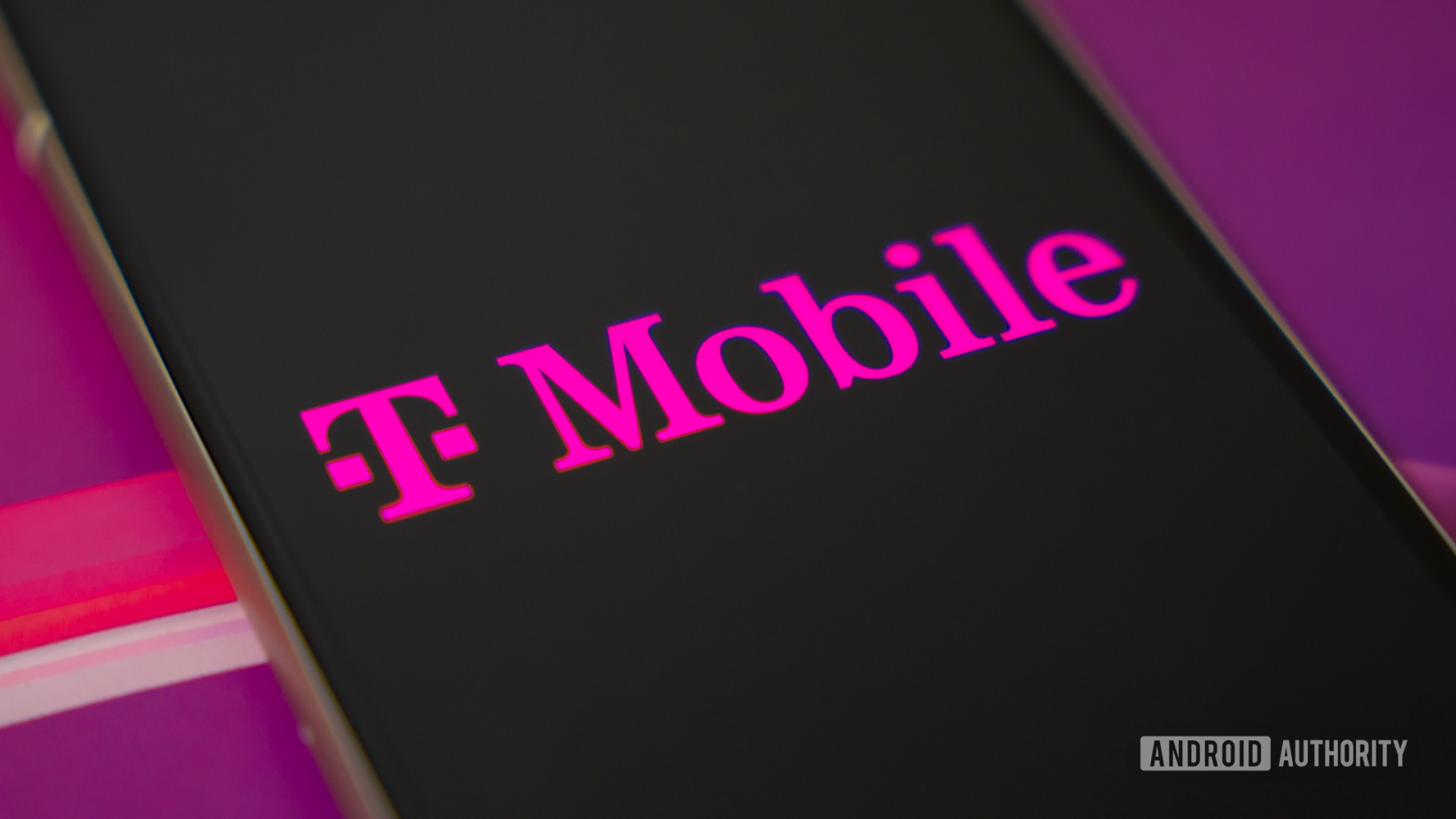
eSIM vs physical SIM: What are the pros and cons of each?
Andrew GrushNovember 20, 2025
0
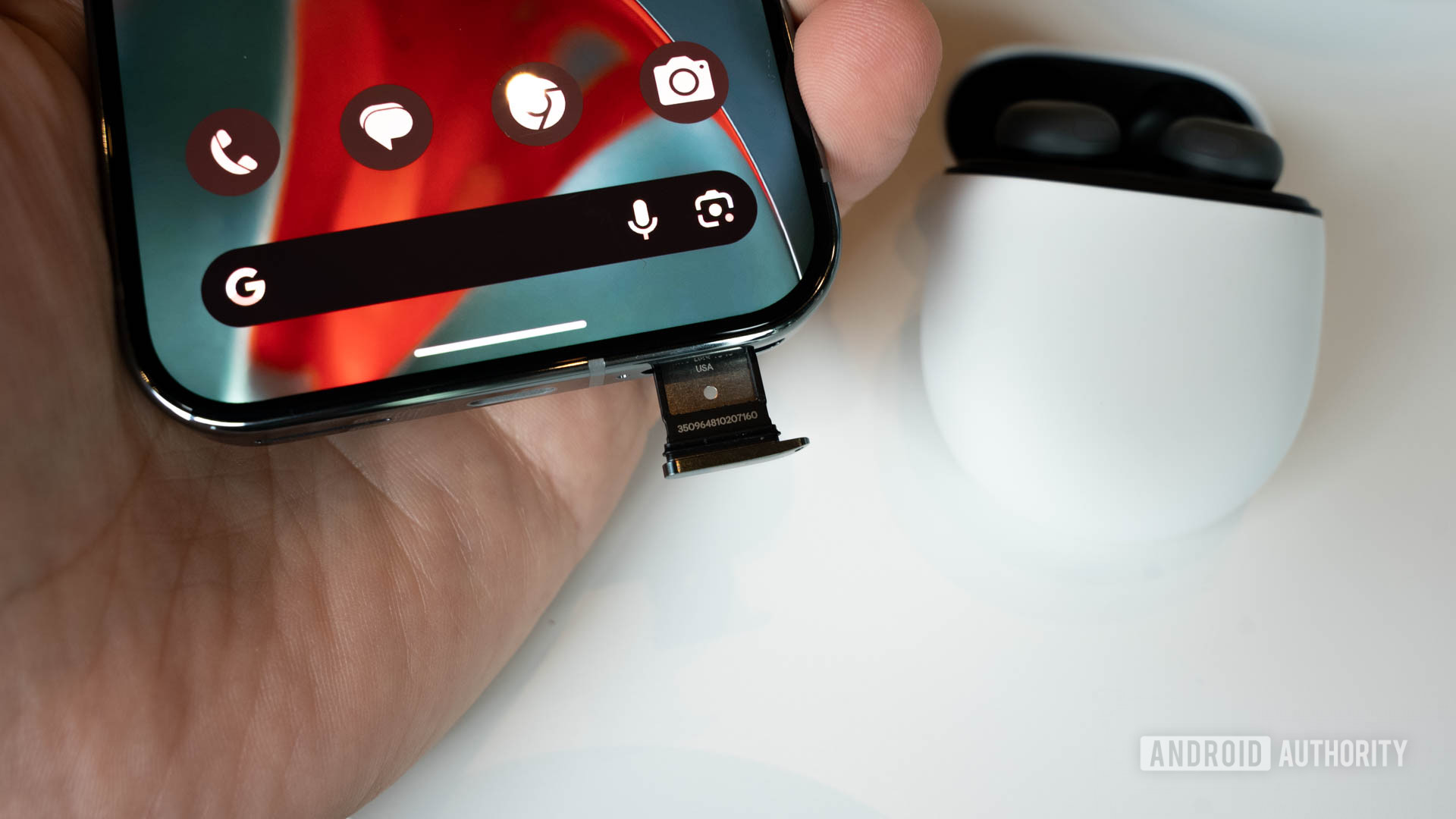
Nearly two years out, is T-Life finally any good or is it still a mess?
Andrew GrushNovember 16, 2025
0
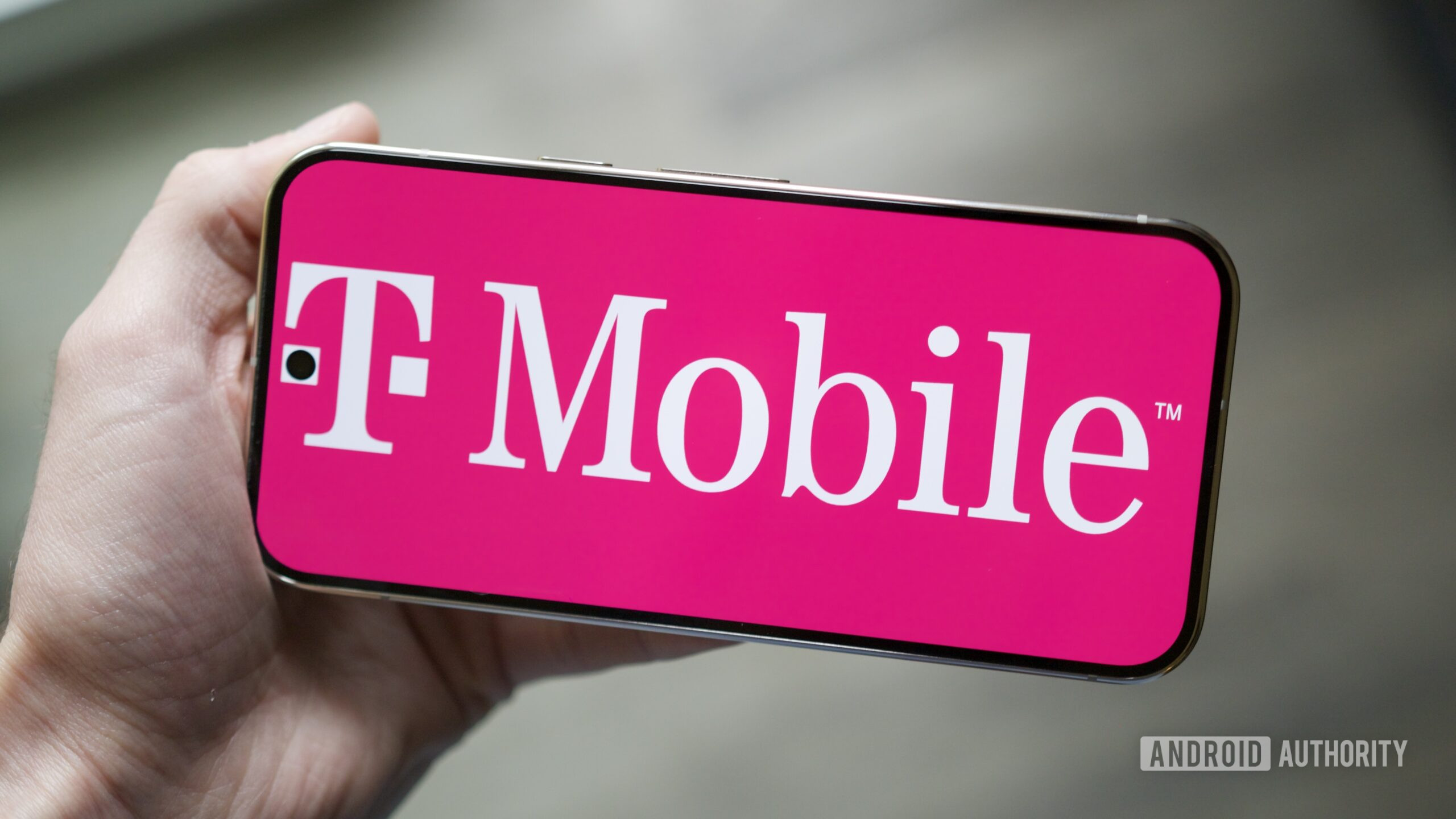
4 carriers you should sign up for instead of Mint Mobile
Andrew GrushNovember 11, 2025
0
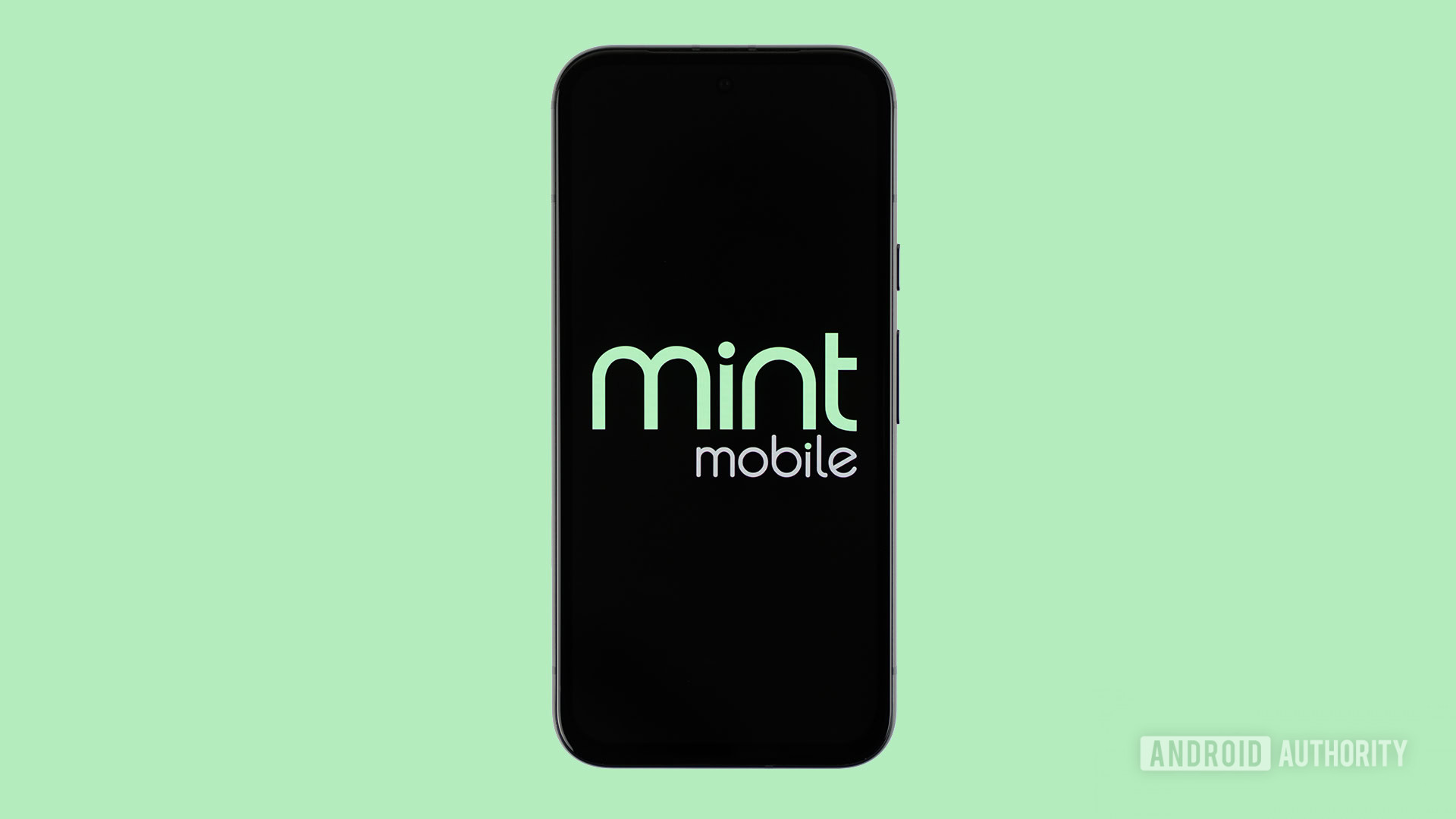
US Mobile is a super carrier with access to all three networks, but how does that work?
Andrew GrushNovember 10, 2025
0
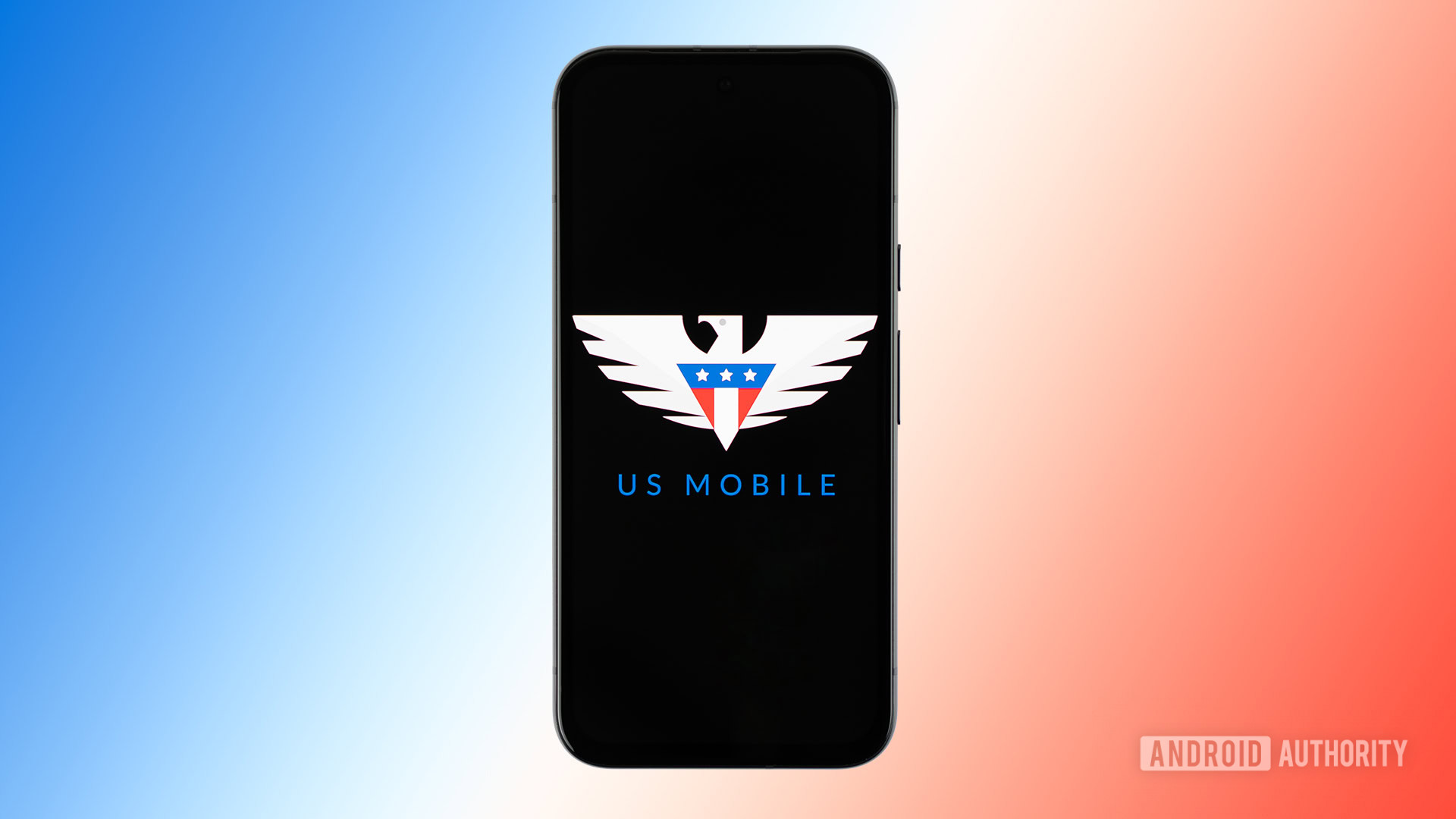
How does Mint Mobile international roaming work, and is it worth it?
Andrew GrushNovember 10, 2025
0
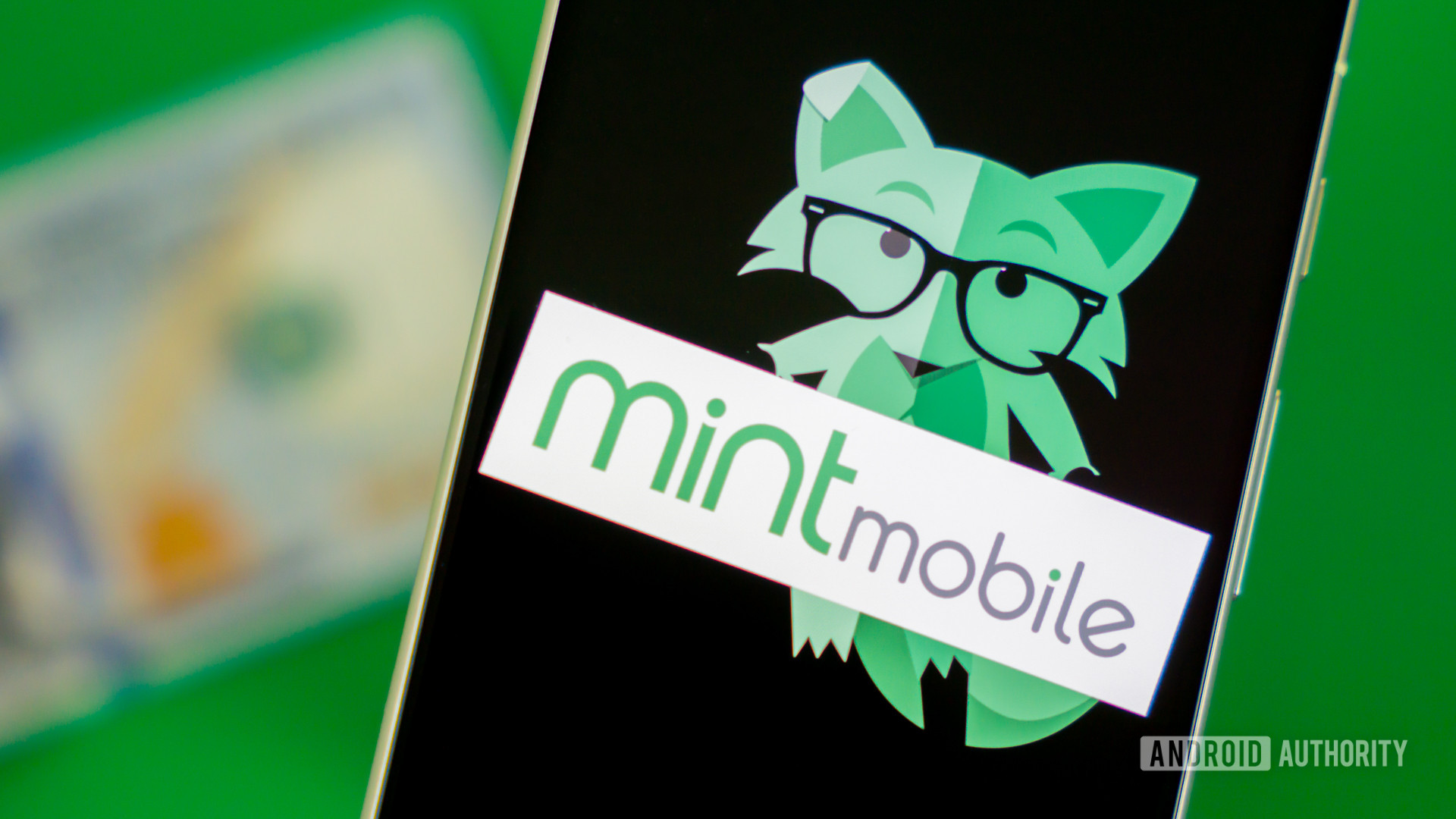
This prepaid carrier will now offer free phones and repayment plans that work like postpaid
Andrew Grush6 hours ago
0

Verizon is boosting its network with 4,400 additional towers, but will it make a difference?
Andrew GrushDecember 17, 2025
0
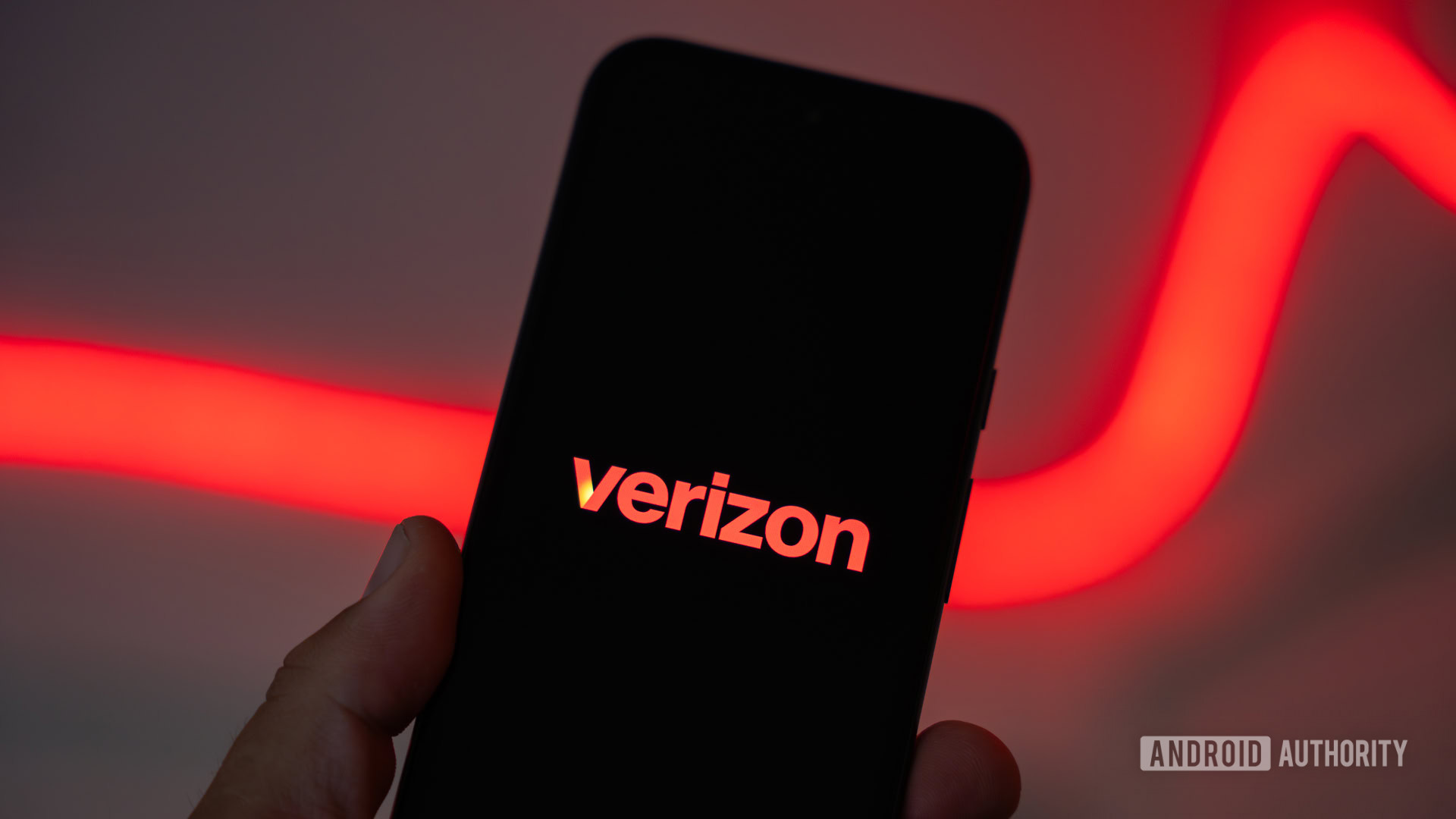
Verizon retroactively changed its unlock policy, so one user successfully sues the carrier
Andrew GrushDecember 15, 2025
0
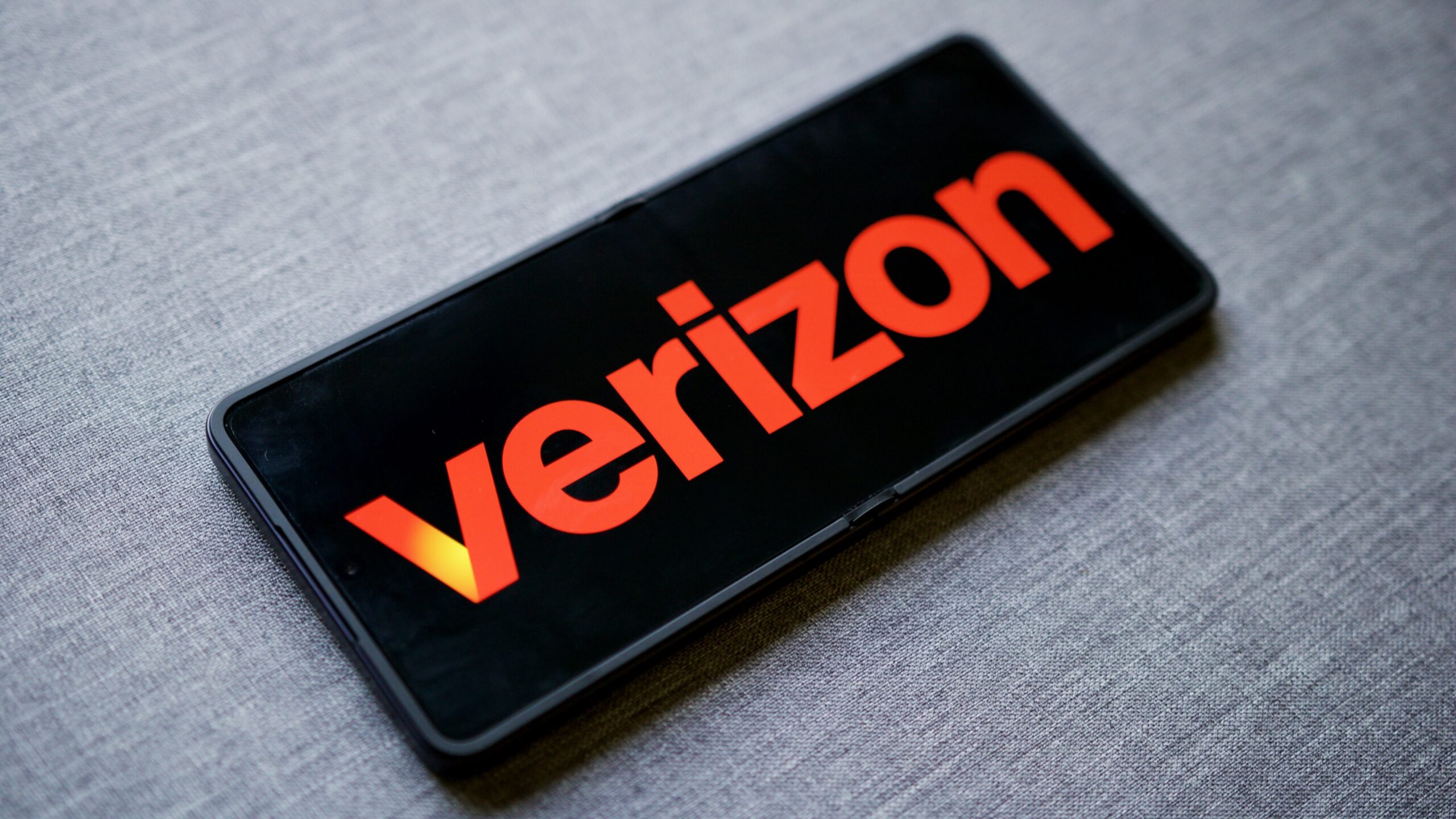
Here's why you may want to think twice before using airport Wi-Fi
Matt HorneDecember 15, 2025
0
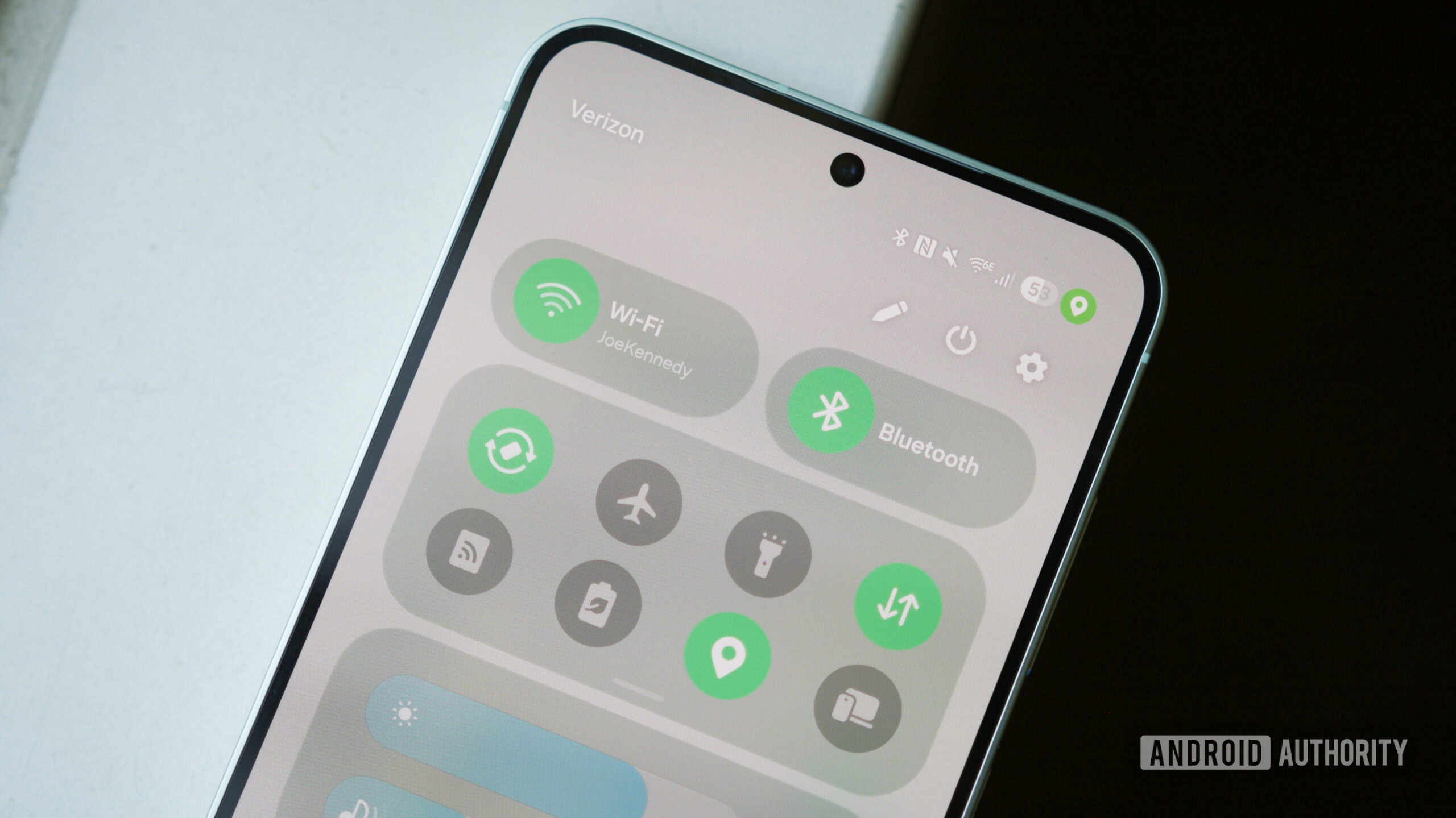
A simple trick to avoid T-Mobile’s T-Life app just stopped working
Matt HorneDecember 15, 2025
0
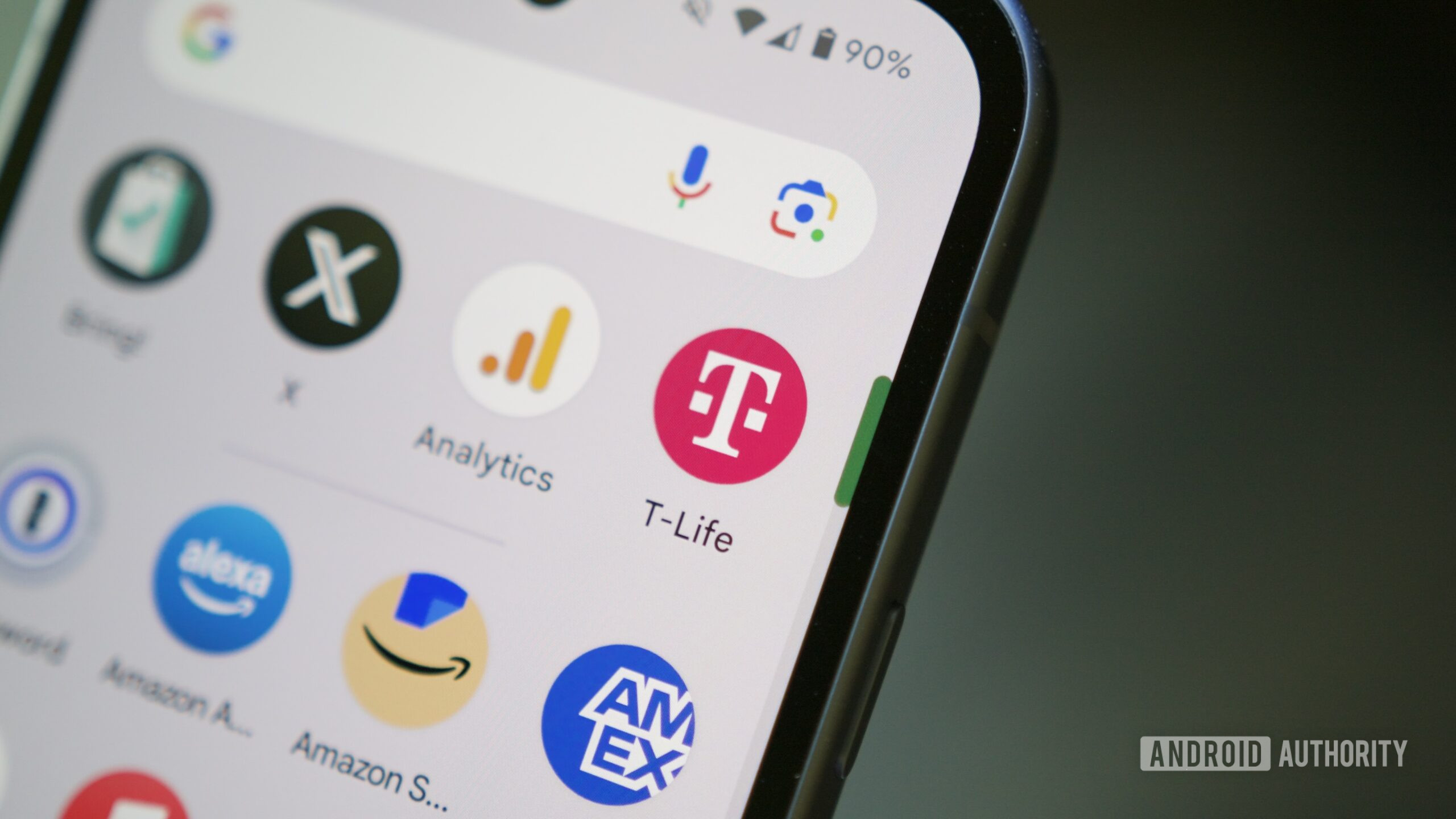
Verizon's free line offer returns, but it falls short of T-Mobile
Aamir SiddiquiDecember 15, 2025
0

T-Mobile is giving away free lines again, but not everyone is invited
Aamir SiddiquiDecember 11, 2025
0

T-Mobile calls out AT&T for messing up its own customer experience (Updated: Statement)
Ryan McNealDecember 11, 2025
0
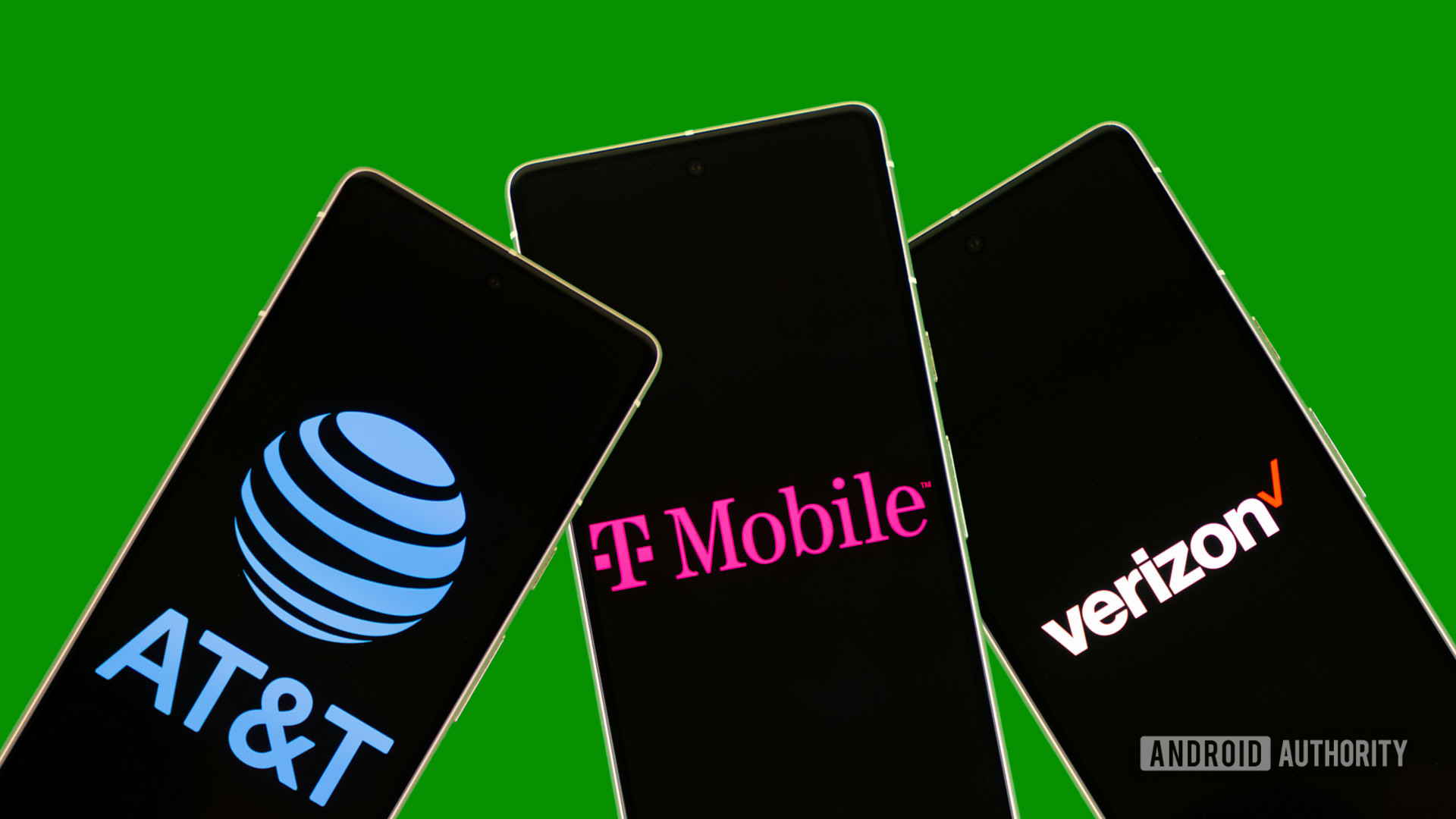
T-Mobile is giving away a cozy new freebie today, as previously rumored
Andrew GrushDecember 9, 2025
0

T-Mobile is partnering with up with Baby Three to offer limited time plushies
Andrew GrushDecember 5, 2025
0
